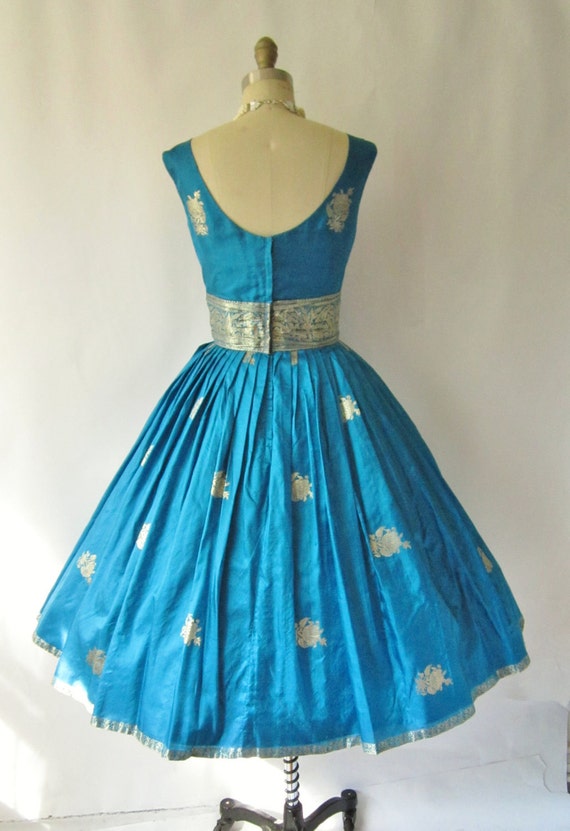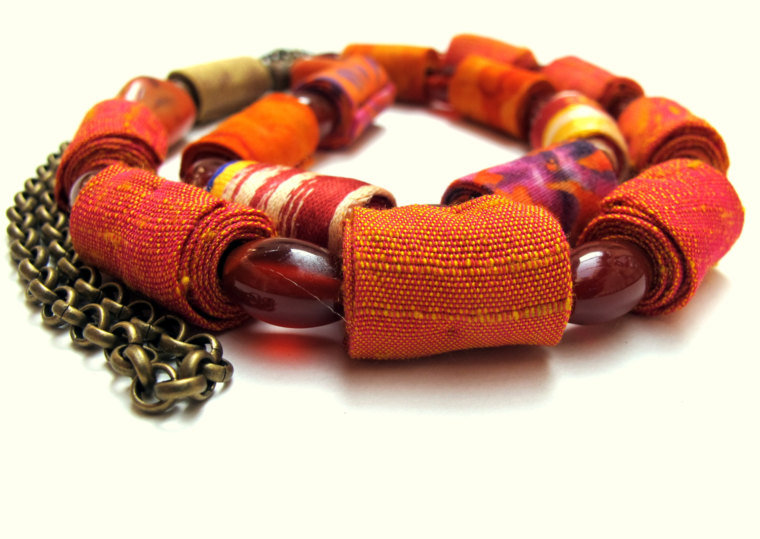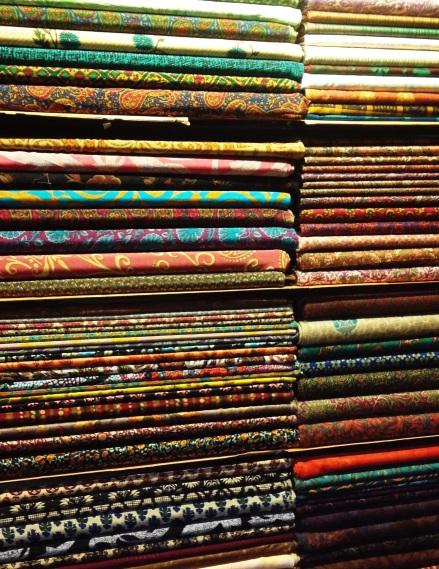This post is a re-blog of what appeared on http://www.mensxp.com

Wrapping up the Men’s Fashion Week for the Spring/Summer 2014 last week, Paris was home to almost 40 celebrated designers that displayed a palette, quite extraordinary!
While the black and white hues continue to dominate the runway, shades of blue and red were not far behind. Amidst the sea of trends, the standout trend was oversized military jackets mixed with shorts that married structures with sophistication, keeping the style intact. However, that was not the only look that caught our eye. MensXP gives you the lowdown on the 10 best looks that we think were rather spectacular!
1) Valentino

Image Credit: frontrowsuit (dot) com
The house that started the Paris Men’s Fashion Week was Valentino is all sophistication displaying rich splendour with modern spirit. The collection also showcased effortless harmony between contrasting colours such as blue, bottle green and burgundy. Denim suits, army inspired fabrics, khaki drill and printed cardigans- all finished with a spectacular dose of evening wear. A full spectrum of uniform options for men!
2) Louis Vuitton

Image Credit: businessoffashion (dot) com
LV had an array of plaids going on, along with a line of suits accessorised with boutonnieres that made the models look prom-ready! The boy-scot inspired patches and jackets also suggested a strong formal but edgier bent–a tribute to ‘hippies, idols and forest rangers’. Jersey blazers, loud checked suits, jackets in fascinating patterns, and classic black dinner coats embodied with trademark LV monogram were some of the other best looks.
3) Thom Browne

Image Credit: esquire (dot) com
Thom Browne was the one to showcase military inspired attires that had models decked out like officers and captains, with long vinyl jackets and flaring skirts, mirrored sunglasses wearing toy soldiers and bold red lipstick. The expertly tailored general’s jacket with emphasis on silver buttons running in a row down the sleeves commanded respect. And though the silhouettes were slightly feminine, the strong masculinity of the tailored outwears was hard to miss. Unconventional and out of the box!
4) John Galliano

Image Credit: examiner (dot) com
Layers, zippers, panels, peter-pan collars and bright colours is what defined John Galliano’s collection at Men’s Fashion Week. Models were seen walking on the ramp in oversize tops and jackets in eye-catching colours such as yellow, coral pink, royal blue and polkas with black to create a polka-dotted theme; but the most stand out design was the tyre-print on grey coats–perfect for those breezy days!
5) Dior Homme

Image Credit: fashion (dot) telegraph (dot) co (dot) uk
Burgandy, black and petrol blue was the colour statement of menswear designer Kris Van Assche, who made his models work through a maze of mirrors wearing a hybrid of classically formal tailoring and contemporary informal wear. Armless elongated jackets in tones of Bordeaux worn with shorts, zip-fronted short sleeve shirts in satin, neoprene T-shirts and patched pocketed work jackets were some of the best looks from the collection.
6) Paul Smith

Image Credit: fashion (dot) telegraph (dot) co (dot) uk
Paul Smith used mushroom prints and psychedelic colours to go back to the 70s in light hued of pinks. One of the most striking look from the collection was a fuchsia coat with a silver zipper running down the chest. Jacquard T-shirts with black and white coats featuring some eclectic colours made for another interesting mix of attires.
7) Yves Saint Laurent

Image Credit: goodtimes (dot) ndtv (dot) com
Saint Laurent closed this extravagant Fashion Week with its much awaited collection which was set against a backdrop of a rock-themed ramp had lean models in an army green cotton parka, leather jackets with patchwork, simple waistcoats and of course, the fancy Fifties varsity jackets in satin with crystal embroideries on the back to add to the mood. Apt for the ultra modern men!
8) Raf Simons

Image Credit: esquire
Never the one to disappoint, Raf Simons started with a cleverly concealed short-sleeve, mid thigh-length, collared, buttoned romper- yes!!! Romper for guys, and we were blown at that instant! Smart blazers with short lapels, elongated polo shirts, pop art inspired tees and collectible sneakers- the designer definitely nailed it and how!
9) Lanvin

Image Credit: businessoffashion (dot) com
Men’s fashion bared its legs with shrunk shorts at Lanvin’s collection. Teaming those shorts with tailored and casual jackets, blouses and shirts-worn with narrow neckties, the couture is tailor made for office going contemporary urban male.
10) Hermes

Image Credit: businessoffashion (dot) com
At the Hermes, Veronique Nichanian set out to create a boho kitsch appeal with a very subdued allure to her collection. With roped sandals and slippers, the designer’s men walked in aqua marine serge suit, tie-print trousers, crumpled linen boat neck tops and even cotton boiler suits- which is very unlike of Hermes. Basic garments giving an appeal of luxury wear- we certainly heart!























































